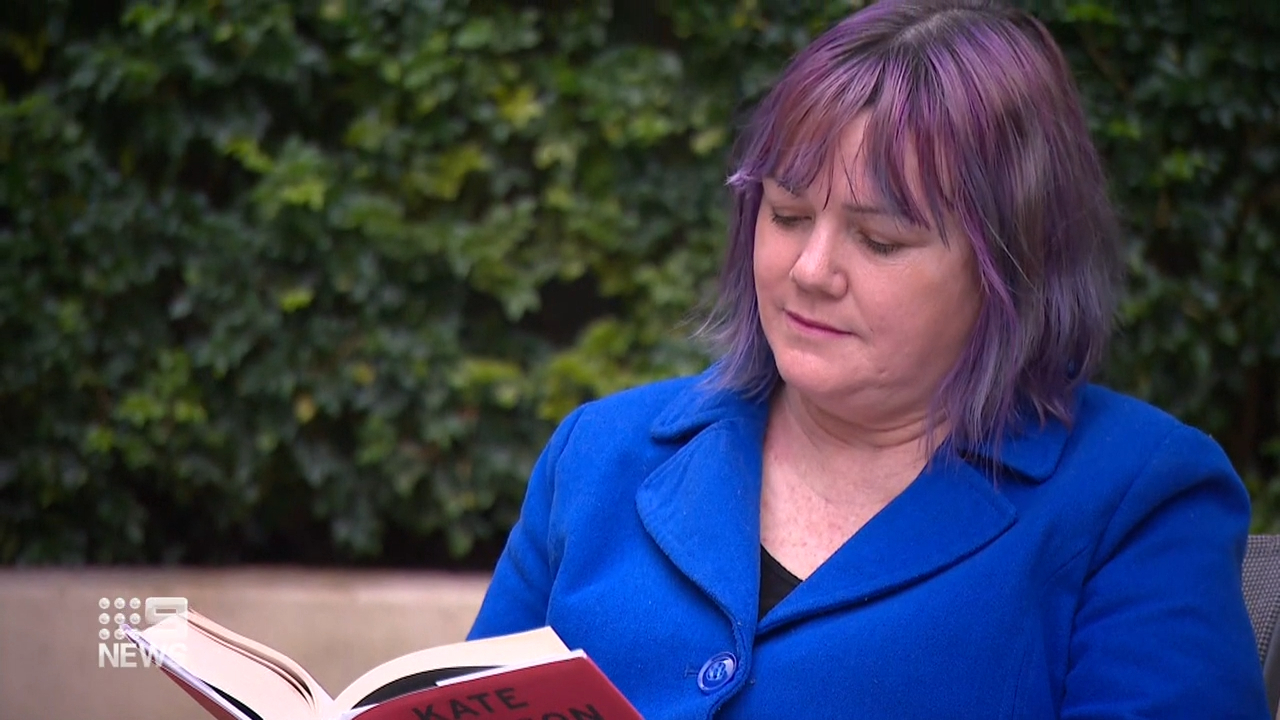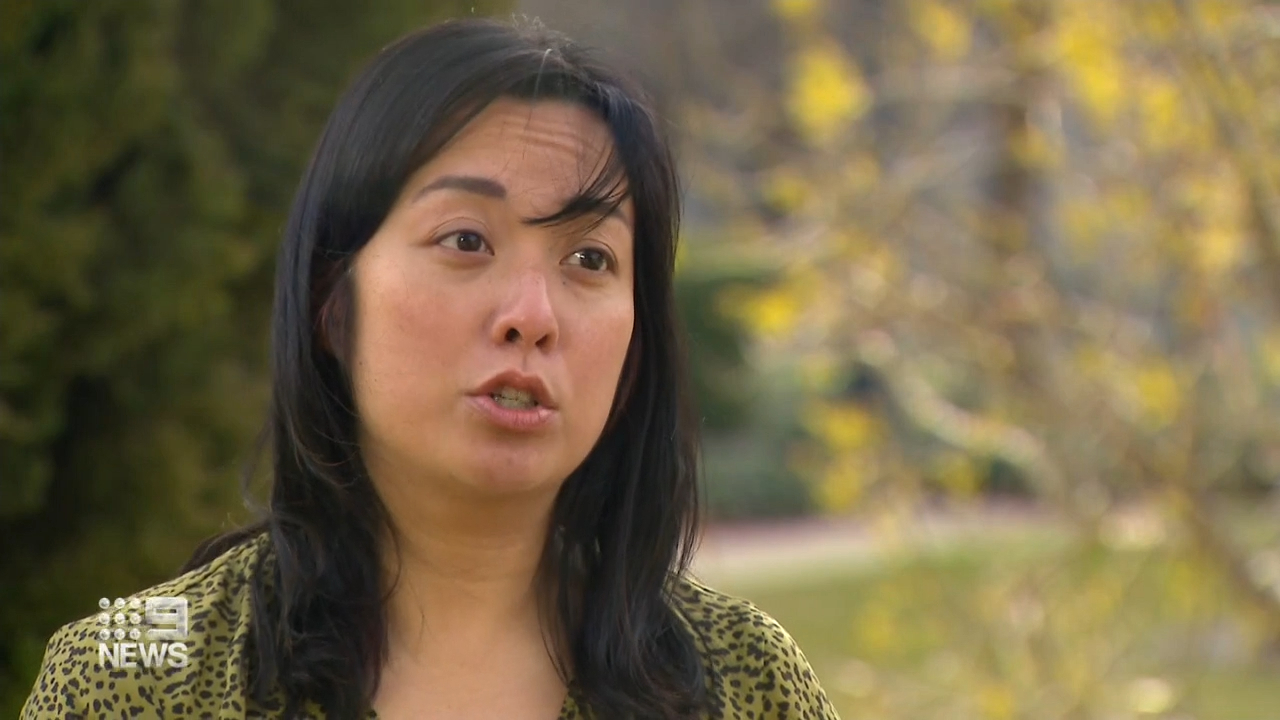Alison Hallworth was 44 when she had a stroke.
The mum-of-two didn't have the usual symptoms – her face wasn't drooping and her speech wasn't slurred.
"I was just in incredible pain," Hallworth said.
READ MORE: Major study finds link between eating fish and getting skin cancer
"It was a bit like being hit repeatedly thousands of times per second by an iron bar at the base of your skull.
"It was just excruciating."
Hallworth is now sharing her story as a warning to others that stroke doesn't always present in those well-known symptoms.
"I'm just fortunate that the bleed actually stopped of its own accord," she said, after it took several hours to diagnose her.
Approximately 55,000 Australians suffer a stroke every year, with men and women equally at risk.
However, a new study has found that the way they present can be different across the sexes.
Dr Cheryl Carcel from the George Institute for Global Health said women are more likely to have other symptoms, compared to men.
"These include headaches, anxiety (and) fatigue mental changes and therefore delay their admission to a stroke specialty centre," she said.
A study of 200,000 people hospitalised with stroke in NSW over 13 years found women under 70 were more likely than men to be misdiagnosed before or when they arrive at hospital.
Experts say this can make a big difference to their recovery.
READ MORE: Could more sleep benefit teenagers? Researchers find out
"Women are more likely to be disabled and have a poorer quality of life," Dr Carcel said.
The study calls for health professionals to be educated about gender differences in stroke presentation.
In a statement, Ambulance NSW said all of its paramedics are highly-trained to detect symptoms but it will examine the research closely.
Source: 9News





